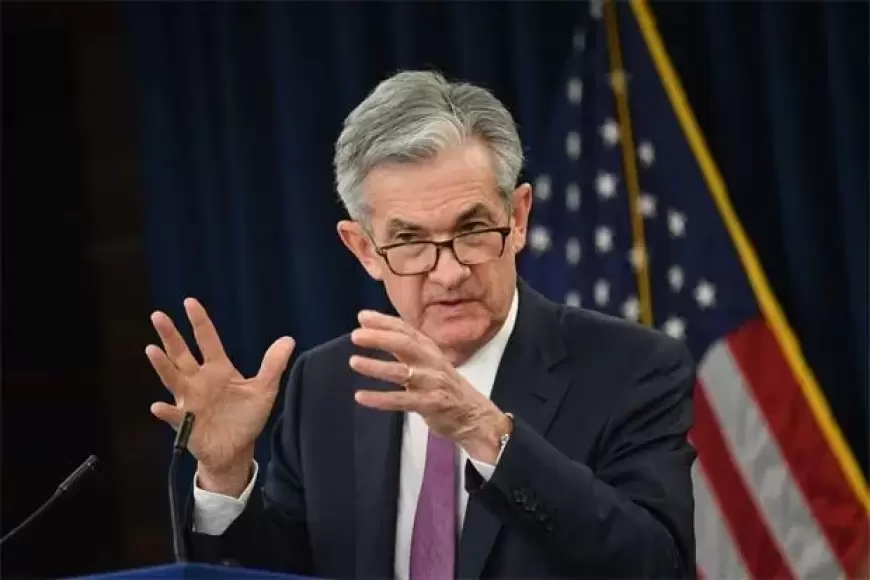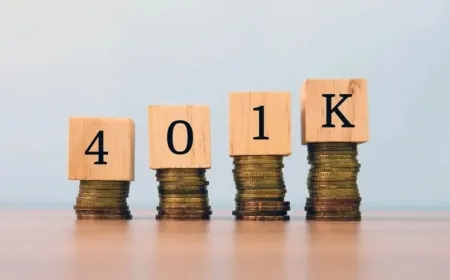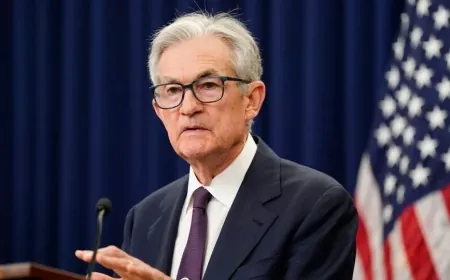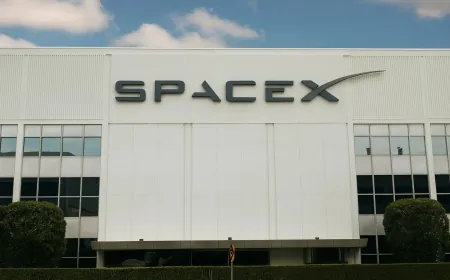Fed Faces Dilemma as Weak GDP and Strong Prices Challenge Economic Outlook
U.S. Economic Growth Falls Below Fed's Projections Amid Persistent Inflation

The U.S. economy experienced slower-than-expected growth in the first quarter, marking the first time in nearly two years that it dipped below the Federal Reserve's long-term potential estimates. However, this deceleration was juxtaposed with rapid inflation, presenting a complex dilemma for the central bank.
Despite anticipating a period of below-trend growth to alleviate inflationary pressures, the 1.6% expansion rate recorded in the first quarter aligned with the Fed's expectations. Yet, prices have remained elevated, with the personal consumption expenditures price index surging at a 3.4% annual rate, surpassing the Fed's 2% target.
Initially, investors and analysts focused more on the high inflation rate than on indications of a cooling economy, in line with the Fed's projections.
Data from the CME Group's FedWatch tool indicated a decrease in the likelihood of an initial Fed rate cut, with probabilities for a June cut dropping to less than 10%, bets on a September cut declining to around 58%, and odds of a second cut in December falling below even.
Nationwide Financial Market Economist Oren Klachkin suggested that the 1.6% growth rate in the first quarter may overstate economic weakness, pointing to temporary factors such as import drags and inventory adjustments that are unlikely to persist throughout the year.
However, Klachkin cautioned that inflationary pressures remain a concern, hindering the Fed's confidence in reaching its 2% target. As a result, he anticipates an environment of prolonged higher interest rates.
Also Read: Walgreens Debuts Specialized Pharmacy Wing for Competitive PBM Scene
































































